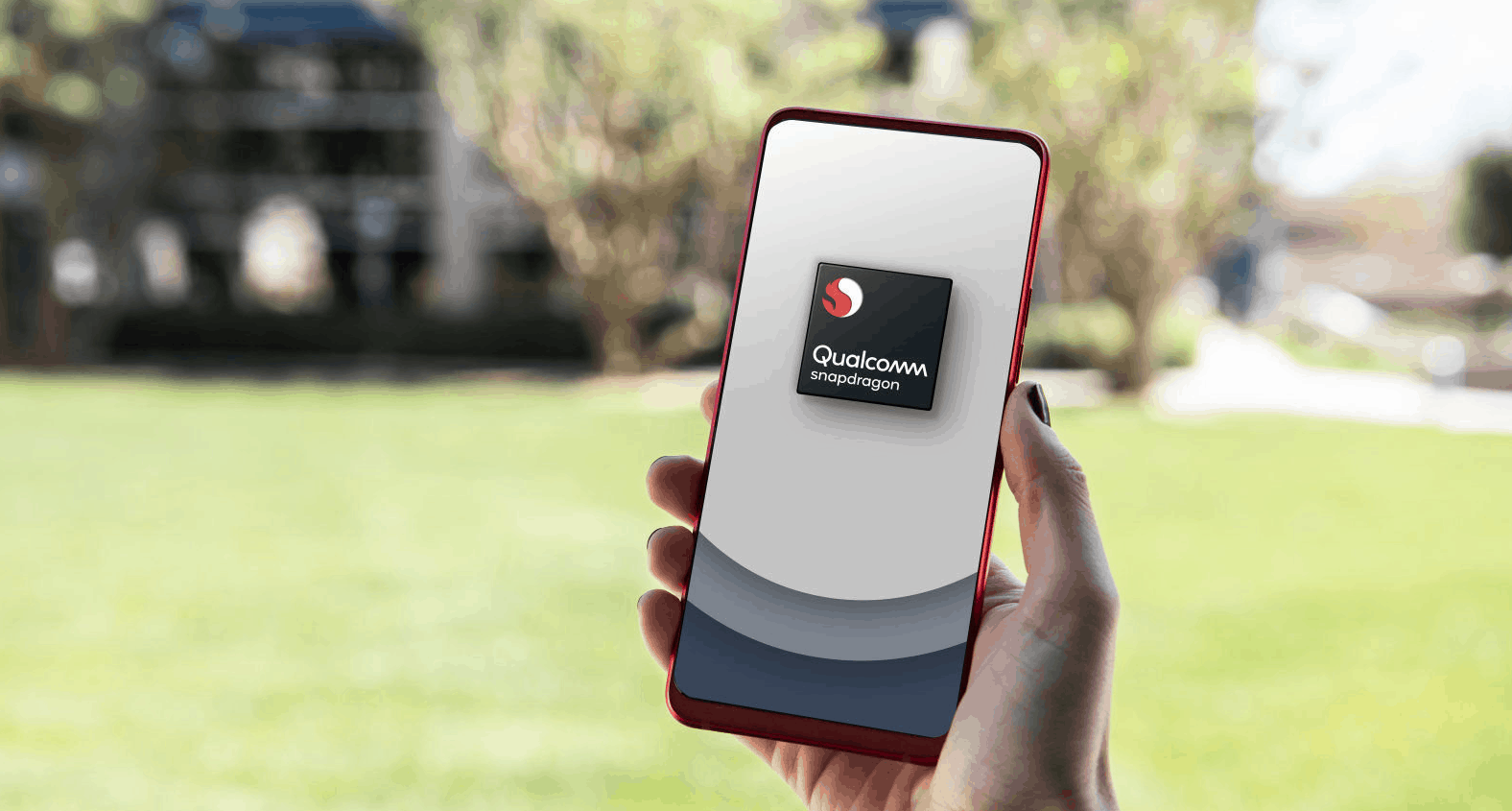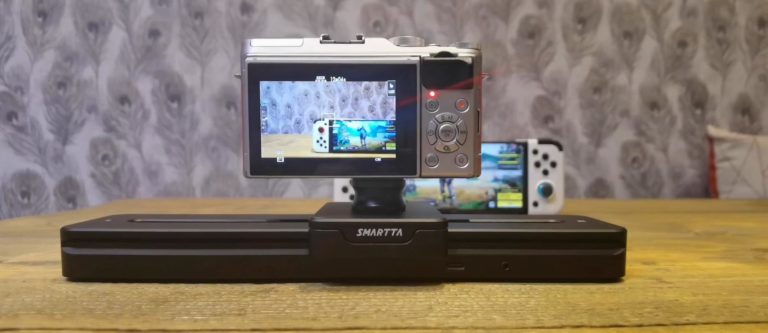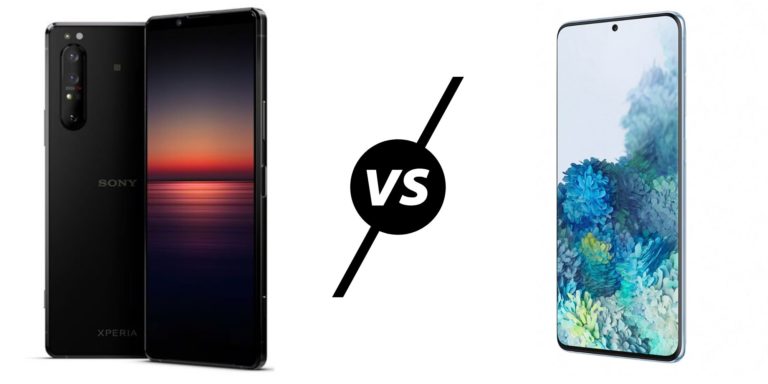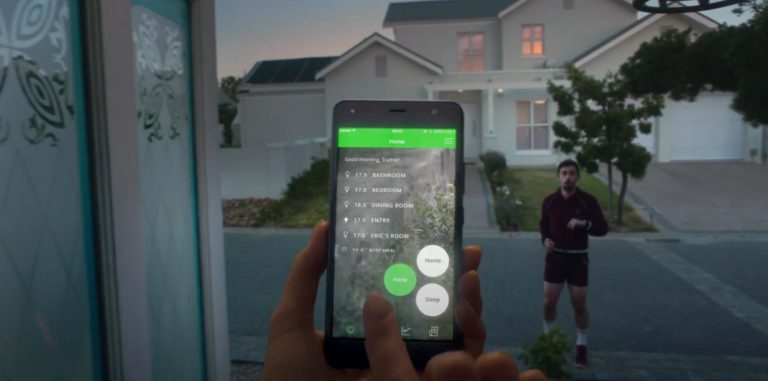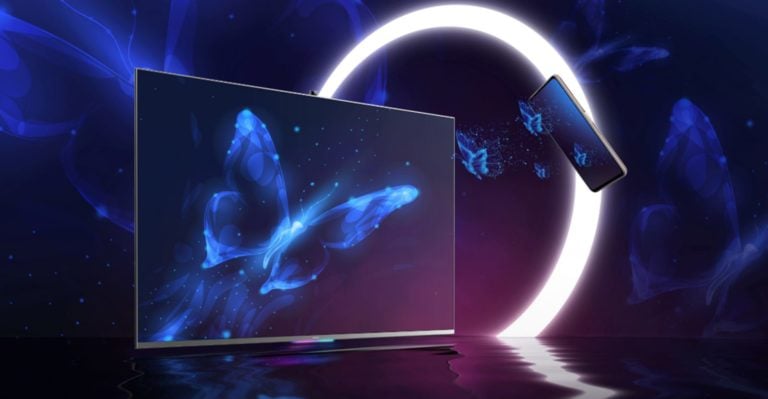Any links to online stores should be assumed to be affiliates. The company or PR agency provides all or most review samples. They have no control over my content, and I provide my honest opinion.
The flagship Snapdragon 800 series gets all the press attention and yearly upgrades but sitting at the bottom rung of the ladder is the Snapdragon 200 series, and the poor Snapdragon 212 hasn’t had an upgrade since 2005.
It has finally received a bit of TLC while introducing anything particularly impressive it is a sizable upgrade from the ageing Snapdragon 212. This range is very much the entry level of the market, the only notable SD212 phone is the Nokia 2 that was launched almost two years ago and sells for about £80.
The Snapdragon 215 is a significant upgrade over the Snapdragon 212 as it now has a 64-bit CPU, a faster GPU and support for dual cameras.
The new chipset is built on the old 28nm node just like the SDM 212. The difference is in the cores. The new CPU features four Cortex-A53 cores clocked at 1.3GHz which is a similar specification to the ultra cheap RPi 3. Unlike the SD 212 chipset which had four Cortex-A7 cores. According to ARM, the Cortex-A53 cores are 50% faster than the four A7 cores inside the old chipset. Being 64-bit is the bigger upgrade, however, as it should massively improve compatibility with new versions of Android, considering that 32-bit Snapdragon 212-powered models like the Nokia 2 couldn’t make it past Android Oreo.
The new chipset also features the Adreno 308 GPU which is the same GPU on the Snapdragon 425 chipset (which has also been upgraded to the SD429). Qualcomm claims the GPU delivers a modest 28% boost over the Adreno 304 GPU on the SD212.
The Snapdragon 215 is suspiciously similar in spec to the Snapdragon 425 being on 0.1Ghz slower but using the same GPU and CPU.
The SD429 still uses Cortex-A53 but this uses 4 cores up to 1.95 GHz. The biggest upgrade for that chipset is the GPU which is now Adreno 504 (HD / HD+)
In addition, the Qualcomm Snapdragon 215 comes with a dual ISP, the first Snapdragon 200-series model to have such. The dual ISP significantly improves camera support. The Snapdragon 215 can handle one 13MP camera or two 8MP modules, so phones can have a telephoto camera or a depth sensor. Further, the chipset also supports an upgraded 1080p video recording. The SD212 only supports a single 8MP sensor and 720p video recording.
The new processor supports a maximum display resolution of 720p. The aspect ratio isn’t restricted to 16:9 like the SD212 but also includes 19:9 aspect ratio support (1,560 x 720).
While Wi-Fi 6 is starting to make its way to the mainstream, the SD212 was restricted to Wi-Fi 4 or 802.11n. The SD213 has had a welcome upgrade to Wi-Fi 5 (802.11ac) and it now has Bluetooth 4.2 plus NFC should work with Android Pay.
The one strange spec is the downgrade from Qualcomm Quick Charge 2.0 to 1.0
| SD212 | SD215 | SD425 | SD429 | |
|---|---|---|---|---|
| Launch Date | 2015 | 2019 | 2016 | 2018 |
| Fabrication Process | 28 nm LP | 28 nm LP | 29 nm LP | 12 nm FinFET |
| CPU | 4 cores up to 1.3 GHz Cortex-A7 | 4 cores up to 1.3 GHz Cortex-A53 | 4 cores up to 1.4 GHz Cortex-A53 | 4 cores up to 1.95 GHz Cortex-A53 |
| GPU | Adreno 304 (WXGA / 720p) | Adreno 308 (HD+) | Adreno 308 (HD @60fps) | Adreno 504 (HD / HD+) |
| DSP | Hexagon 536 | Hexagon | Hexagon 536 | Hexagon 536 |
| ISP | Up to 8 MP camera | Up to 13 MP camera / 8 MP dual | Up to 16 MP camera | Up to 16 MP camera / 8 MP dual |
| Memory | LPDDR2/3 Single-channel 533 MHz | LPDDR3 Single-channel 672 MHz 3 GB | LPDDR3 Single-channel 667 MHz | LPDDR3 |
| Modem | X5 LTE | X5 LTE (Cat 4: download up to 150 Mbit/s, upload up to 50 Mbit/s) | X6 LTE (download: Cat 4, up to 150 Mbit/s; upload: Cat 5, up to 75 Mbit/s) | X6 LTE (download: Cat 4, up to 150 Mbit/s; upload: Cat 5, up to 75 Mbit/s) |
| Connectivity | Bluetooth 4.1 + BLE, 802.11n (2.4 GHz) | Bluetooth 4.2, NFC, 802.11ac Wi-Fi, Beidou, GPS, GLONASS, USB 2.0 | Bluetooth v4.1, 802.11ac with Multi-User MIMO (MU-MIMO), IZat Gen8C | Bluetooth 5, 802.11ac Wi-Fi up to 364 Mbit/s, USB 2.0 |
| Quick Charge | 2 | 1 | 2 | 3 |
I am James, a UK-based tech enthusiast and the Editor and Owner of Mighty Gadget, which I’ve proudly run since 2007. Passionate about all things technology, my expertise spans from computers and networking to mobile, wearables, and smart home devices.
As a fitness fanatic who loves running and cycling, I also have a keen interest in fitness-related technology, and I take every opportunity to cover this niche on my blog. My diverse interests allow me to bring a unique perspective to tech blogging, merging lifestyle, fitness, and the latest tech trends.
In my academic pursuits, I earned a BSc in Information Systems Design from UCLAN, before advancing my learning with a Master’s Degree in Computing. This advanced study also included Cisco CCNA accreditation, further demonstrating my commitment to understanding and staying ahead of the technology curve.
I’m proud to share that Vuelio has consistently ranked Mighty Gadget as one of the top technology blogs in the UK. With my dedication to technology and drive to share my insights, I aim to continue providing my readers with engaging and informative content.

